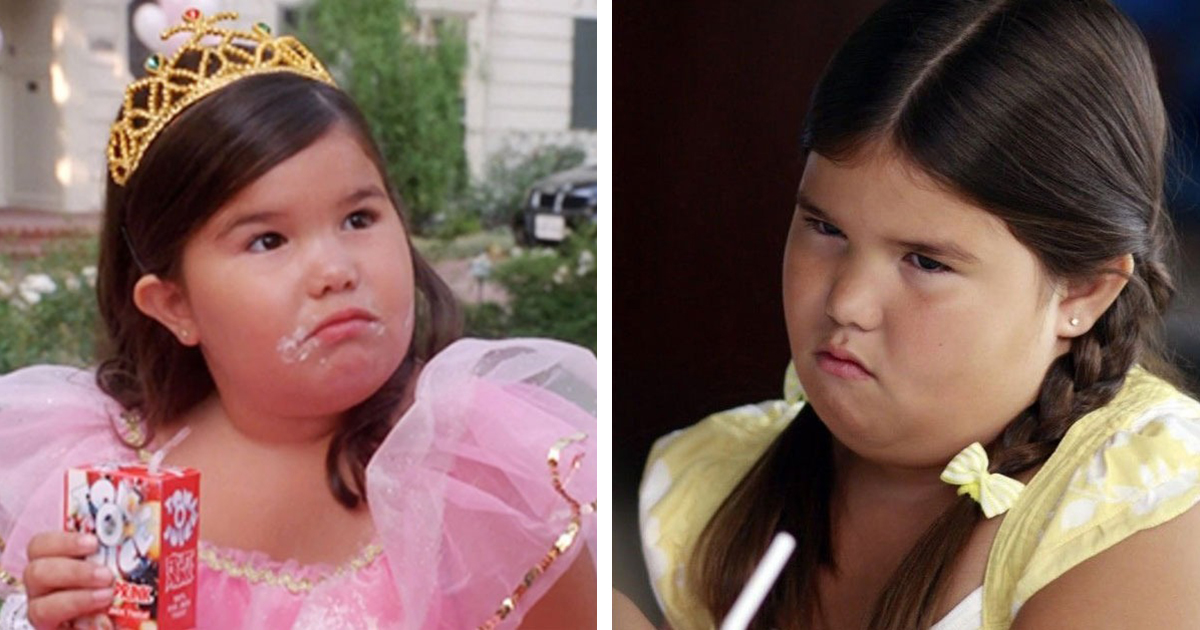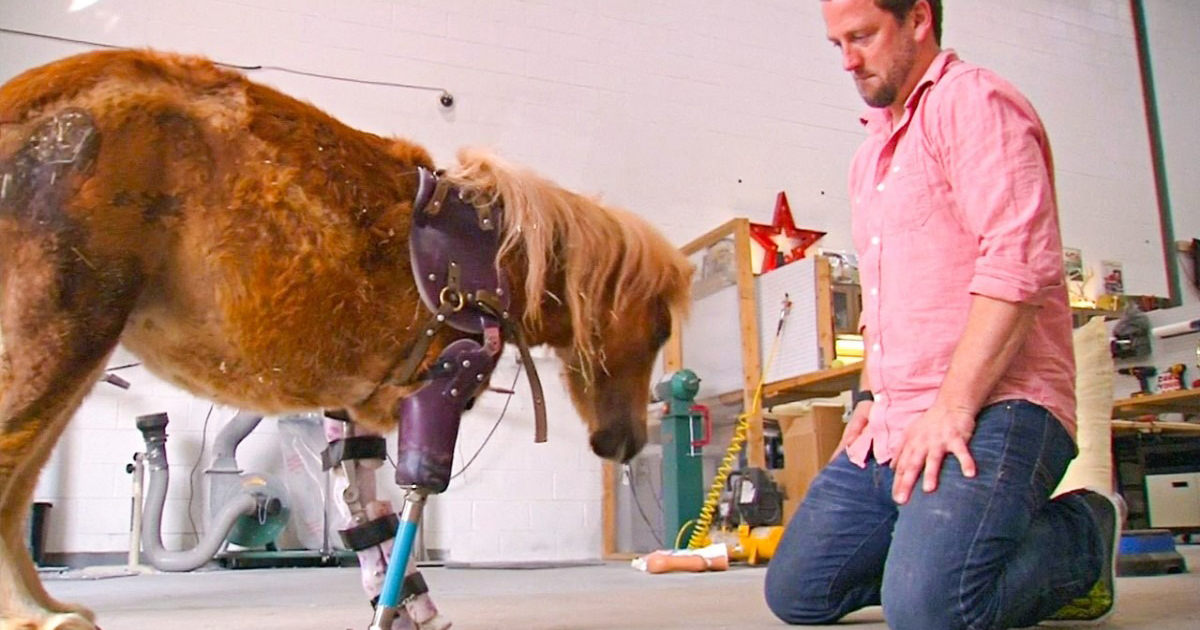How a Japanese woman who spent most of her life in an insane asylum became a contemporary art genius: Yayoi Kusama
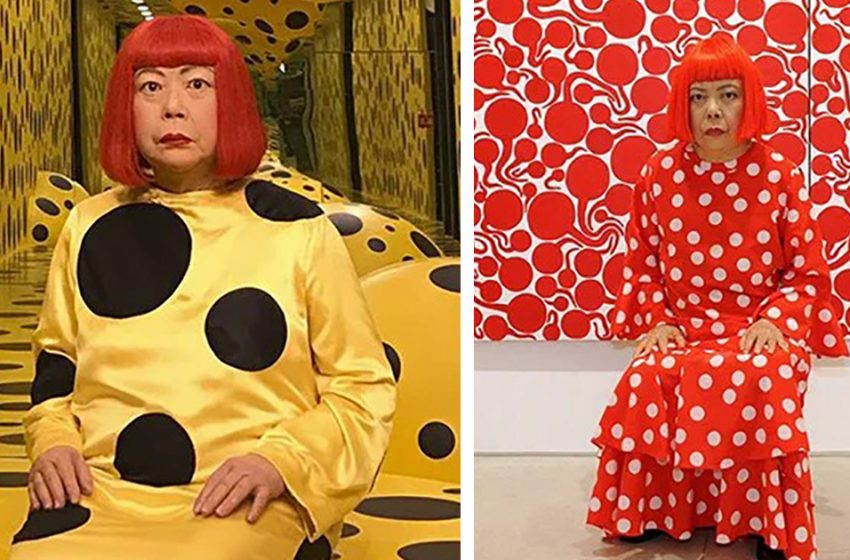
Yayoi Kusama, a Japanese artist, is acknowledged for her singular mode showcasing routine patterns and psychedelic images. Her creative concepts rotate around important topics such as feminism, psychology, relationships, obsessions, self – destruction, and deep introspection. Despite spending numerous years in a psychiatric hospital , she has become a well – known creator. Y.K started painting in her juvenile. Yayoi Kusama was born in 1929 in Japan as the youngest of four children. Her kin was not prosperous and her parents had a marriage of convenience, which caused her father to feel humiliated and have many affairs. Her mother poured all her anger and discontent with life on Yayoi, the youngest daughter.
Yayoi Kusama was born in 1929 in Japan as the youngest of four children. Her kin was not prosperous and her parents had a marriage of convenience, which caused her father to feel humiliated and have many affairs. Her mother poured all her anger and discontent with life on Yayoi, the youngest daughter.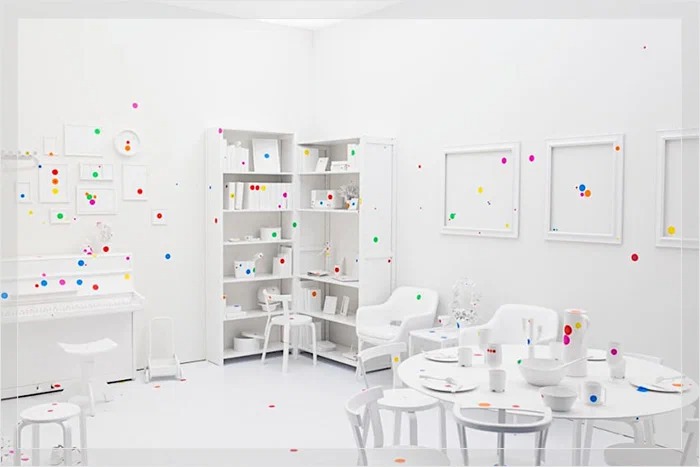 Yayoi Kusama’s childhood was marked by heartfelt and physical assault from her mother, who forced her to spy on her father’s affairs. As a result, Kusama developed a deep aversion to intimacy and the male body. At the age of ten, she started experiencing severe hallucinations and turned to drawing as a way to cope with her suffering.
Yayoi Kusama’s childhood was marked by heartfelt and physical assault from her mother, who forced her to spy on her father’s affairs. As a result, Kusama developed a deep aversion to intimacy and the male body. At the age of ten, she started experiencing severe hallucinations and turned to drawing as a way to cope with her suffering.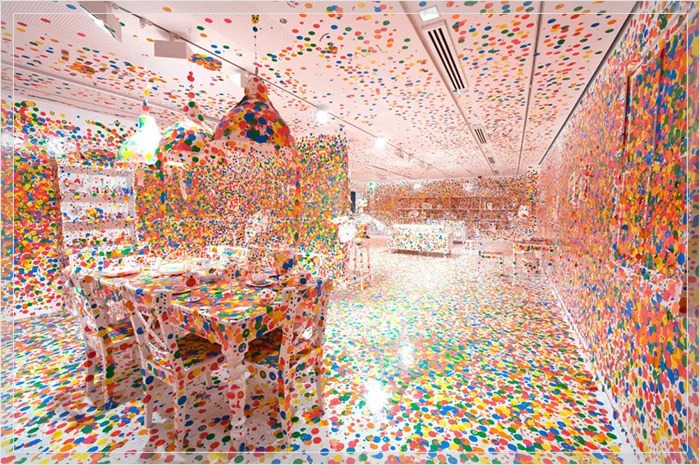 During World War II, Yayoi Kusama was sent to work in a factory at the age of thirteen, where she spent her youth stitching parachutes and listening to air – raid sirens. These events had a lasting impact on her and motivated her to create several anti – war works of art. Later on, her time in the plant also proved to be useful in her creative career when she started creating soft sculptures.
During World War II, Yayoi Kusama was sent to work in a factory at the age of thirteen, where she spent her youth stitching parachutes and listening to air – raid sirens. These events had a lasting impact on her and motivated her to create several anti – war works of art. Later on, her time in the plant also proved to be useful in her creative career when she started creating soft sculptures.
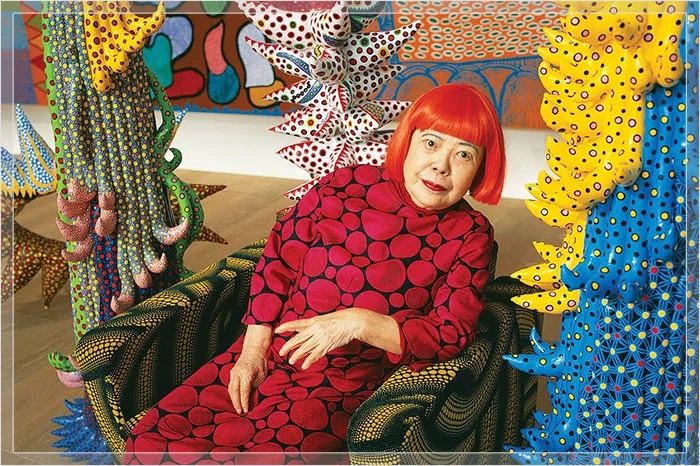 Yayoi Kusama’s story is a remarkable testament to the transformative and healing power of art, as well as to her remarkable resilience. Despite the challenges of her youth – as a mentally ill, abused teenager – she not only survived, but went on to become an immensely successful artist. Today, Kusama is celebrated as one of the most original and influential contemporary artists, and her artworks command significant value.
Yayoi Kusama’s story is a remarkable testament to the transformative and healing power of art, as well as to her remarkable resilience. Despite the challenges of her youth – as a mentally ill, abused teenager – she not only survived, but went on to become an immensely successful artist. Today, Kusama is celebrated as one of the most original and influential contemporary artists, and her artworks command significant value.
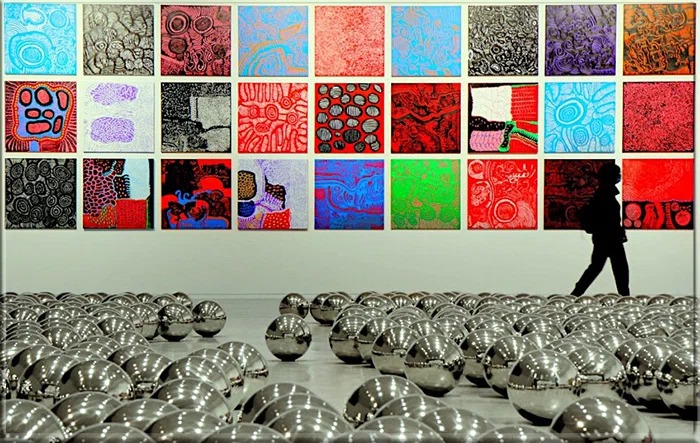
Despite her mother’s opposition, Yayoi Kusama pursued her passion for art and explored the art of painting in Kyoto and Matsumoto. Due to the prevailing ethnic climate in Japan, she had to study Nihonga, a traditional Japanese painting technique. However, her gift was soon recognized, and her work was displayed in several exhibitions across the country. In 1957, Kusama determined to shi to the U.S to pursue her creative dreams. Sadly, her mother disowned her and told her to never return home again. Yayoi Kusama moved to the United States in 1957 and became a successful artist. She denounced social injustice and capitalism in her art, which was also deeply personal. She struggled with close relationships and had an admirer but could only offer friendship.
Yayoi Kusama moved to the United States in 1957 and became a successful artist. She denounced social injustice and capitalism in her art, which was also deeply personal. She struggled with close relationships and had an admirer but could only offer friendship.
Kusama gained sudden fame for her avant – garde piece , which comprised various aesthetics forms like drawing , carving , artwork , music artistry, clothing, writing and installations.
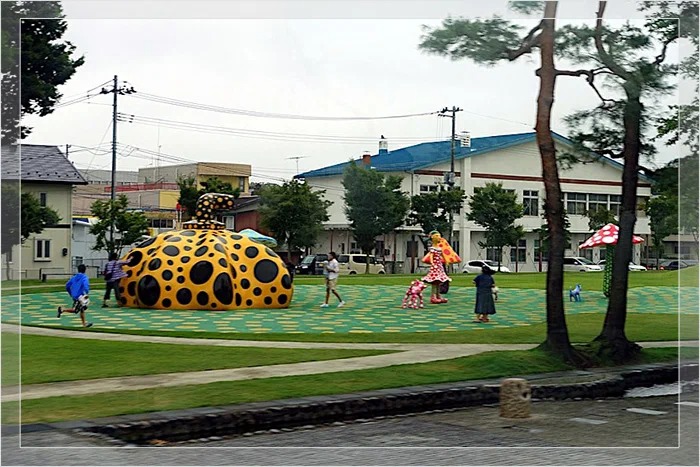
Yayoi Kusama returned to Japan in 1973 payable to monetary difficulties and endured medical treatment. She then volunteered to work as an artist in a mental institution. Kusama’s masterpiece fell out of the spotlight until she represented Japan at the 45th Venice Biennale in 1993, where her work regained attention. She still craves public attention, and her unique style remains popular, with her paintings breaking records and partnerships with opulence brands like Louis Vuitton and Marc Jacobs.
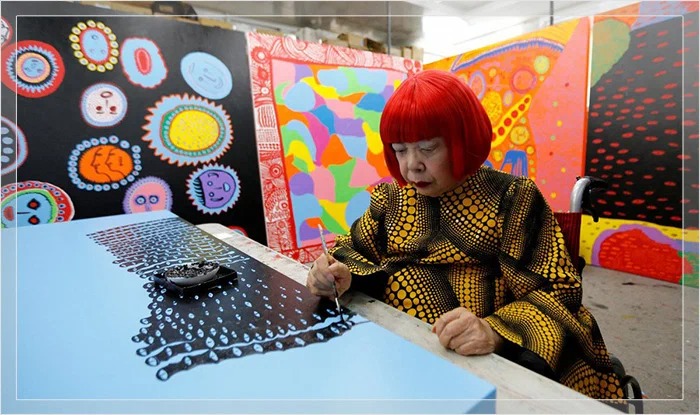 Kusama’s influential work transcends traditional aesthetic movements, reflecting her unique individuality and life experiences. Her art has inspired many artists, and her signature style, with its obsessive use of polka dots, is instantly recognizable.
Kusama’s influential work transcends traditional aesthetic movements, reflecting her unique individuality and life experiences. Her art has inspired many artists, and her signature style, with its obsessive use of polka dots, is instantly recognizable. Modern sculpture often addresses societal issues in unconventional ways. Check out our latest piece on how a Moscow actor fused borscht, tango, and dance party to captivate Berlin.
Modern sculpture often addresses societal issues in unconventional ways. Check out our latest piece on how a Moscow actor fused borscht, tango, and dance party to captivate Berlin.

Share your thoughts in the comments below .
